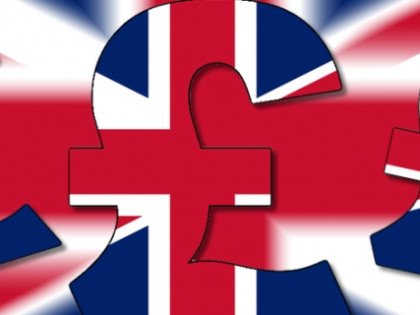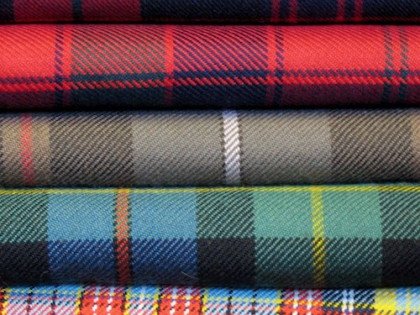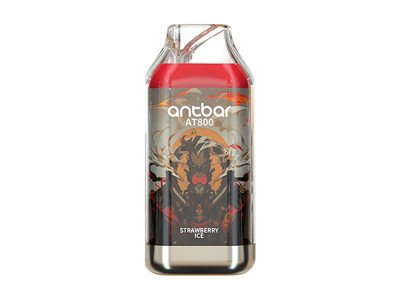Vapers could be forgiven for shuddering when hearing the news that standards are being drawn up. What if, for example, somebody like Stanton Glantz (or someone influenced by him) was to have a hand in it? Despite recent findings by a Polish team that second-hand vape exposure posed almost negligible risk, Glantz insisted on recently informing readers of his blog that “e-cigarettes pollute the air and expose bystanders…with nicotine and fine particles.”
“Why are anti-tobacco advocates presenting these results differently,” poses Michael Siegel. “I believe it's because the findings are not consistent with their pre-conceived conclusion that both vaping and secondhand vaping are substantial health hazards. The only way to preserve the pre-existing ideology is to twist the results to fit the ideology, rather than to change the ideology to fit the science.”
Movement towards a British Standard was taking place as far back as 2014, with the publication of PAS 54115. Katherine Devlin said at the time: “ECITA recognises the pressure from government, consumers and manufacturers for a standard to be in place as soon as possible. None of these stakeholders want to see the process delayed as that would further undermine the consumer confidence that underpins demand for e-cigarettes.”
Gerry Stimson, who worked on the British standards, commented on the new moves: “Having a good global standard is a good idea but if it is set too high, it’ll slow down innovation and favour big companies. That reduces the choice of products. The TPD’s vague and crude – a legal framework of what you can or cannot do, and what you should do. It’s like saying, ‘You must make the washing machine safe’. How do you do that? Standards will tell you how.”
The need for standards to be in place is exemplified by news that e-liquids can and have been mislabeled. It was first noted in a Farsalinos study in 2013, but more recently on the Medicalxpress website.
“Containers that hold liquid nicotine for electronic cigarettes may not be labeled with the correct amount of nicotine,” the site writes. Reporting on research conducted in North Dakota, they relay the depressing tale that some liquid producers have been unable to correctly label the quantity of nicotine contained in juice bottles. Of the samples, 51% were incorrect with 34% having less nicotine and the rest too much. Worse, around half of the bottles claiming to contain 0mg of nicotine had detectable levels.
Do you believe that global standards are necessary for vape products? Do you trust those responsible to come up with the correct ones?
Dave Cross
Journalist at POTVDave is a freelance writer; with articles on music, motorbikes, football, pop-science, vaping and tobacco harm reduction in Sounds, Melody Maker, UBG, AWoL, Bike, When Saturday Comes, Vape News Magazine, and syndicated across the Johnston Press group. He was published in an anthology of “Greatest Football Writing”, but still believes this was a mistake. Dave contributes sketches to comedy shows and used to co-host a radio sketch show. He’s worked with numerous start-ups to develop content for their websites.
Join the discussion
Parliament Fears Two
The Department for Environment, Food and Rural Affairs faced questions from a Conservative MP and, oddly, a member of the Department for Environment, Food and Rural Affairs
Harm Reduction For The Rich
The United Kingdom risks becoming a harm reduction country only for the wealthy, according to Michael Landl of the World Vapers’ Alliance
Sacrificing Health For 2p Cut
Tory Government alienates vaping voters with its mission to cut tax by an unaffordable 2p to attract voters by placing a tax on vape products in the forthcoming budget
Scotland Announces Single-Use Vape Action
A ban on the sale and supply of single-use vapes in Scotland is due to come into effect on 1 April 2025, under proposed legislation published today











